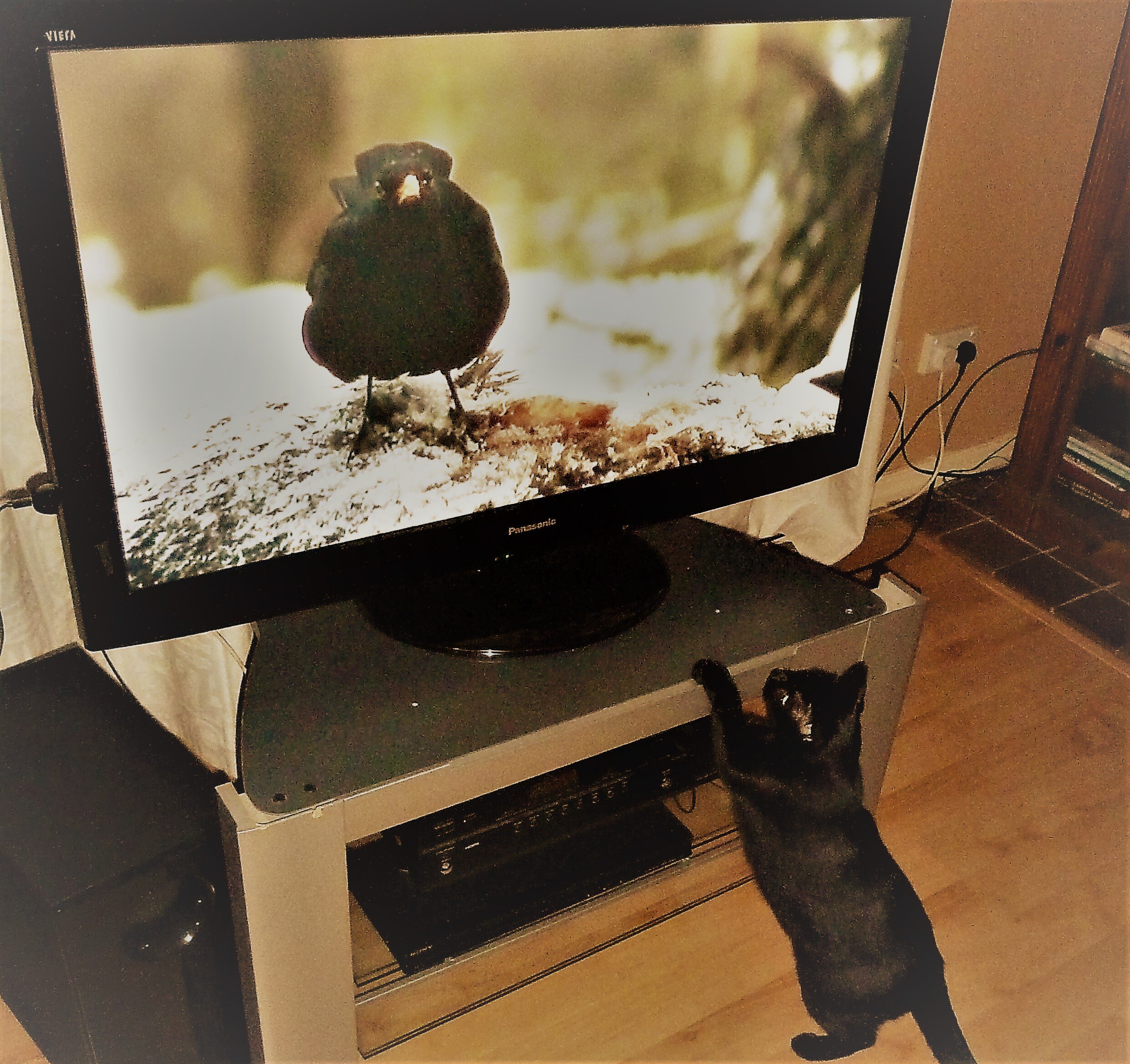#ILookLikeAnEngineer Needs to Have Meaning
/Do the people who drive the trains look like an engineer?
This article was originally posted on August 14th 2015
I am conflicted about this one. This #ilooklikeanengineer movement. I’m a woman. I have a BS in Mechanical Engineering, and a couple decades of “hard” technical experience. I self-identify as an engineer, even though a big chunk of my current work is paper-push..., I mean management. I’m also really glad that people like Mary Barra (BSEE) and Ursula Burns (MSME) have thrown in with the movement, not just because they’re major CEO’s, but because they are actually ENGINEERS. And actual engineers seem to be only half of the #ilooklikeanengineer movement.
In principle, this hashtag is great. Engineers aren’t just dorky white or Asian boys who are good at math. I bet in a lot of places, boys with average aptitude in math and science are tracked for engineering, and yet their schools/parents don’t do the same for girls with equivalent or even better aptitude. That happens. I graduated from Purdue University’s College of Engineering in the 90’s. Purdue has a history of actively recruiting and supporting women engineers, and prides itself on having started the first Women in Engineering program. For all their efforts, female enrollment there is currently about 20% right now, per their own website. (I can’t speak to black and Latino enrollment, but I’m guessing they’re similarly underrepresented.) So I’m all for anything that encourages a more expansive view of what an engineer can look like.
But the problem with this hashtag is while it expands the view of what an engineer looks like, it’s also trying to expand the definition of what an engineer actually IS. Engineering is a specific field of study. And one of my pet peeves is the conflation of “engineer” with “person who works with any kind of technology.” Words have meaning. And, despite recent abuse of the language, web developers, coders, and network architects are not engineers. The noun “engineer” implies engagement with the PHYSICAL sciences; the application of chemistry and/or physics to solve a physical problem. It implies grappling with scientific unknowns, and imperfectly modeling the physical world. Well, either that, or a person who drives a train. (My alma mater’s website backs me up on this: computer science is not listed under the College of Engineering.)
I’m not suggesting that other STEM professionals are lesser or greater. My mom had a long career in IT working on mainframe software. My dad is PhD chemist. But they don’t call themselves engineers. And frankly, even though he’s certainly earned the right to be called Dr. S as an honorific, it would be pretty misleading for me to say “my dad’s a doctor” without some kind of qualifier. Look, dentists and CPA’s are both highly trained and respected professionals. But my dentist doesn’t call herself an accountant, because she’s NOT one. Words have meaning. And if your education and work don’t involve the application of physical engineering principles, you aren’t an engineer. The team that designed the Wii U hardware? Engineers. The team that designed Mario Kart 8? Not. (I intend no disrespect, quite the opposite. Mario Kart 8 is awesome.)
All these web designers, software developers, etc. who are jumping on the #ilooklikeanengineer hashtag (including the woman who started it) are undermining their own point. Because all the sexist guys who are real engineers can point to these women and say, “Well, I don’t have to listen, because what you do is programming/web design/etc. You don’t even know what an engineer is.”
The set of engineers is a subset of the set of STEM professionals. (It’s the E part!) But there are also the S, T, and M parts. They are disciplines and fields of study in their own right, and deserve recognition and respect. And once they get it, maybe people can stop gussying up their job titles by adding “engineer” as some kind of professionalizing suffix. All girls should be encouraged to take calculus and physics in high school, and know that they can have any career they want, in either software development, cell biology, applied math, nuclear engineering or whatever. So I really respect the intent behind the hashtag. But please, stop diluting my profession. Pick a different word. And I’ll tweet the hell out of #ILookLikeaSTEMprofessional!
I welcome any and all rebuttals.
It’s a bit old, but for an excellent piece on why STEM training is great for women in particular: Check this out.
Tina S.
Tina does not look dorky or like a boy. That does not stop her from engineering (or paper pushing) like a boss. Join the debate by writing for SeedSing.






















